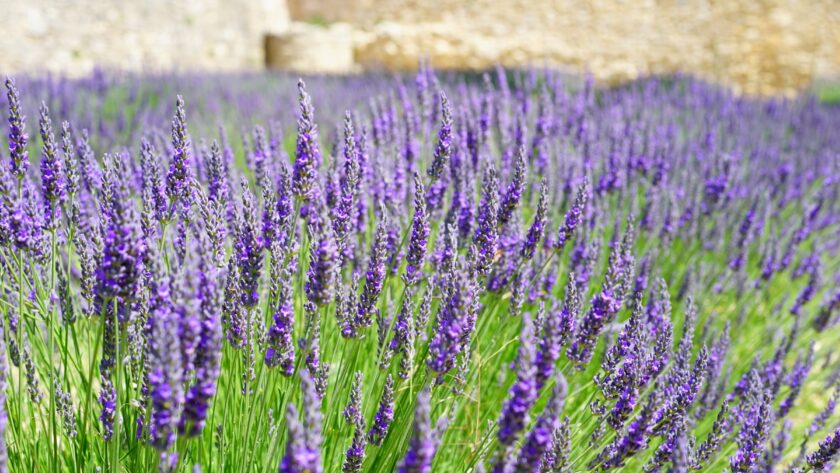Reviving a dying lavender plant requires immediate attention and proper care. Here are some steps you can take to potentially save your struggling lavender:
Assess the plant’s condition
Examine the lavender plant thoroughly to identify the specific issues it may be facing. Look for signs of wilting, yellowing or browning leaves, weak stems, root rot, or pest infestation. Understanding the underlying problems will help you address them effectively.
Adjust watering practices
Lavender plants prefer well-drained soil, so overwatering can lead to root rot and other problems. Ensure the plant is not sitting in waterlogged soil. Allow the top inch of the soil to dry out between waterings. On the other hand, if the plant appears dry and dehydrated, increase watering frequency while still maintaining good drainage.
Provide adequate sunlight
Lavender thrives in full sunlight. Ensure the plant receives at least 6-8 hours of direct sunlight each day. If the plant is indoors, place it near a south-facing window or use artificial grow lights to supplement the light requirements.
Prune and trim
Remove any dead or damaged parts of the plant, including wilted or yellowed leaves and flowers. Pruning helps redirect the plant’s energy to healthier growth. Cut back about one-third of the plant, focusing on woody or leggy stems.
Improve soil drainage
Lavender plants dislike soggy conditions. If the soil is heavy and retains excessive moisture, amend it with organic matter like compost or perlite to improve drainage. Transplanting the lavender to a well-draining container or raised bed may also be necessary if the soil is unsuitable.
Avoid over-fertilizing
Lavender generally prefers lean soil, so excessive fertilization can harm the plant. If you have been using too much fertilizer, reduce or stop its application temporarily to give the plant a chance to recover.
Combat pests and diseases
Treat any pest infestations promptly using appropriate organic or chemical controls. Common lavender pests include aphids, spider mites, and root maggots. Additionally, keep an eye out for signs of fungal diseases like powdery mildew and treat them accordingly.
Provide gentle care and patience
Give your lavender plant time to recover. Be patient and consistent with your care routine, ensuring proper watering, sunlight, and monitoring for signs of improvement or further decline.
Remember, not all struggling plants can be saved, especially if the damage is severe or prolonged. However, by addressing the issues promptly and providing optimal care, you increase the chances of reviving your dying lavender plant and restoring its vitality.




